1. Solar Lights That Leak Toxic Chemicals

Solar garden lights are popular for adding ambiance, but some cheaply made versions contain batteries that can leak harmful chemicals. When these batteries degrade, substances like cadmium and lead could seep into your soil. This not only hurts your plants but could also contaminate groundwater over time. It’s worth checking if your lights use safe, replaceable batteries and keeping an eye out for corrosion.
Even eco-friendly gadgets need responsible maintenance. Many people assume solar means “green” in every way, but the materials matter. If your lights crack or break, dispose of them properly instead of tossing them in the trash. Taking small steps now prevents bigger environmental headaches later.
2. Painted Planters with Lead-Based Paint
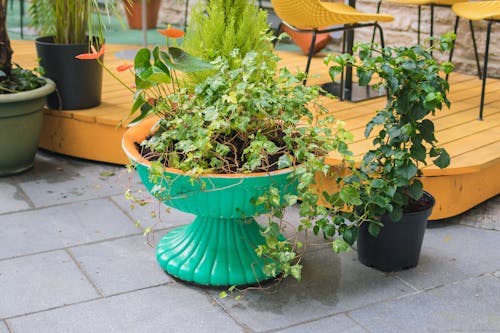
Those vibrant planters in garden shops or online boutiques might contain lead-based paint, especially if they’re imported or vintage. Over time, rain and sun can cause that paint to chip and flake into the soil. Plants can absorb those flakes, and lead exposure isn’t good for anyone, especially if you’re growing herbs or veggies. It’s wise to double-check what coatings were used or stick with unpainted options.
Lead in soil can stick around for decades and is hard to clean up. Even ornamental gardens aren’t safe from the risk if the paint starts deteriorating. If you suspect lead, a soil test kit can give you peace of mind. And if you love colorful pots, consider painting your own with certified non-toxic outdoor paint.
3. Glass Orbs That Start Fires
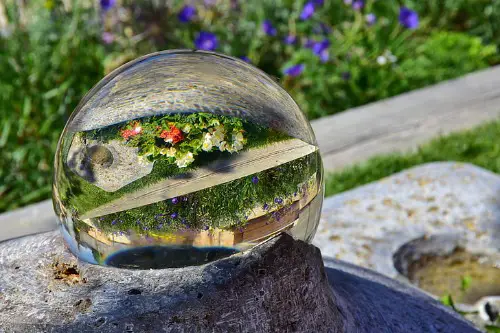
Those decorative glass orbs and gazing balls look beautiful, but they can act like magnifying glasses on a sunny day. There have been reports of these items focusing sunlight and scorching plants or even starting fires in dry conditions. It’s an unexpected hazard that’s easy to overlook when placing them. A safer bet is to position them in shaded areas or bring them indoors during heat waves.
It’s a reminder that even pretty objects can pose risks. Garden fires spread quickly and can be devastating. Be mindful of reflections, especially if you live in a drought-prone region. When in doubt, test placement by watching how sunlight hits your decor at different times of day.
4. Treated Wood with Arsenic
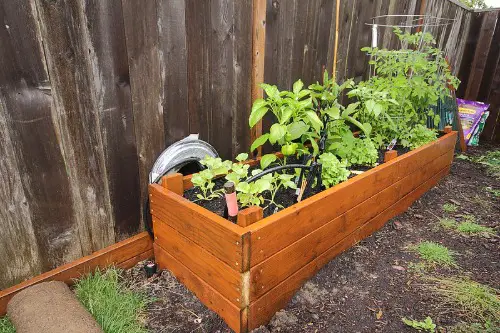
Old or repurposed wood in garden features like raised beds or trellises may have been treated with chromated copper arsenate (CCA). This was common before the early 2000s, and arsenic can leach into the soil over time. That’s a serious concern if you’re growing edibles or if kids play in the garden. Always ask about the history of reclaimed wood or choose new, untreated options labeled as safe for gardens.
It’s easy to assume all wood is harmless, but that’s not always true. If you’re unsure, sealing older wood can reduce leaching risks somewhat. Better yet, go with naturally rot-resistant woods like cedar or redwood. A little extra research when sourcing materials pays off for your health.
5. Metal Sculptures with Sharp Edges
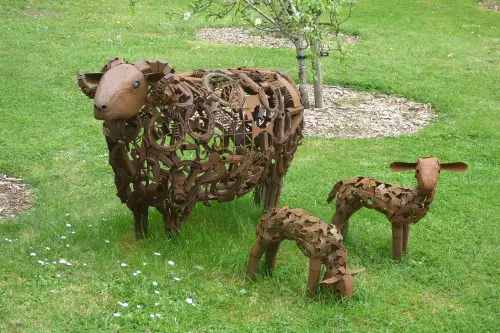
Trendy metal sculptures or DIY garden art often come with unintentional sharp edges or points. These can pose a real hazard, especially in gardens where kids or pets play. Even adults doing routine weeding or pruning could end up with cuts or scrapes. It’s smart to inspect any metal decor carefully and sand down problem areas.
Rust is another issue to consider with metal garden art. A rusty edge is more than an eyesore—it increases the chance of infection if someone gets nicked. Regularly check and maintain metal pieces to keep them safe and looking good. Protective coatings can help extend the life of these items too.
6. Ceramic Pots That Shatter Easily
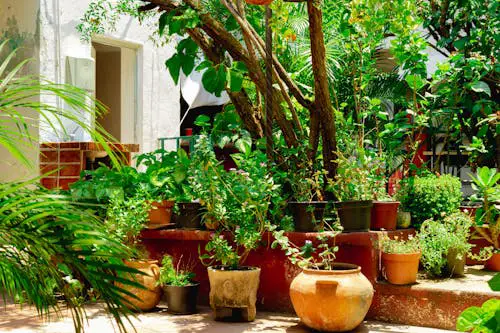
Many decorative ceramic pots aren’t designed to handle big temperature swings or accidental bumps. A sudden freeze or a minor knock from a lawnmower could cause them to crack or shatter. Broken shards can create sharp hazards hidden in the soil or grass. Opt for frost-resistant ceramics if you live in a colder climate, or move fragile pieces indoors over winter.
Cracked pots aren’t just a safety issue—they can also damage roots or disrupt your garden’s look. Some ceramics may even have glazes that chip off into the soil, depending on their quality. Take a minute to check if your pots are rated for outdoor use. A bit of care when choosing containers can save you hassle (and cleanup) later.
7. Garden Mirrors That Confuse Birds
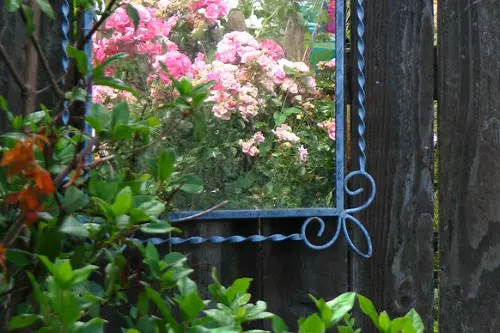
Garden mirrors are a stylish way to add depth or reflect light, but they can confuse and harm wildlife. Birds might not realize they’re seeing a reflection and could fly into the glass. That can lead to injuries or fatalities, especially during migration seasons. If you love the look, consider positioning mirrors where they won’t face open sky or adding patterns birds can see.
It’s easy to overlook this risk because we don’t see the garden the way wildlife does. Mirrors can also reflect heat onto plants or structures in ways you don’t expect. Check regularly to ensure they’re not creating glare that bothers neighbors or passersby. Small adjustments can make your garden both beautiful and bird-safe.
8. Artificial Turf That Overheats
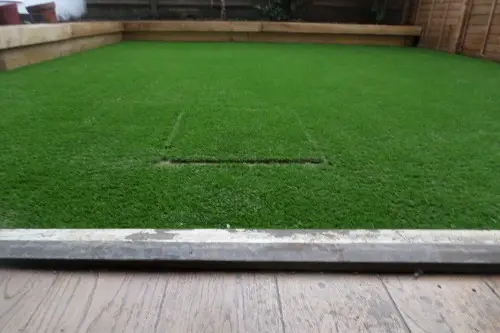
Artificial turf is sometimes used in small garden spaces or as a decorative accent, but it can get dangerously hot. On a sunny day, the surface temperature can soar high enough to burn bare feet or paws. That’s a real concern if kids or pets like to play outside. If you’re set on synthetic grass, look for versions designed to stay cooler or limit its use to shaded spots.
Many people choose artificial turf for low maintenance, but it’s not without downsides. Besides the heat, it doesn’t support soil health or pollinators like real grass does. Occasional rinsing can help with cooling, but it won’t solve the root problem. Sometimes, natural ground covers or mulch are a better fit.
9. Water Features That Attract Mosquitoes
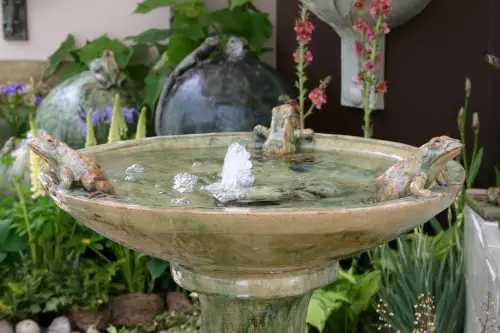
A small fountain or birdbath can be charming, but if the water stagnates, it becomes a breeding ground for mosquitoes. These pests aren’t just annoying—they can carry diseases like West Nile virus or dengue in some regions. Even tiny amounts of standing water can invite them in. Make sure to keep water features clean, and consider adding a pump or fish that eat larvae.
It’s surprising how fast mosquitoes can find new water sources. Regular upkeep keeps your garden both lovely and healthy. If you notice mosquito activity, act quickly to break their breeding cycle. A little vigilance goes a long way in keeping your outdoor space comfortable.
This post 9 Hidden Hazards Lurking in Trendy Garden Decor Items was first published on Greenhouse Black.
